

Furniture
At What Temp Do Rabbits Need A Heat Lamp
Modified: October 26, 2024
Discover the ideal temperature for rabbits and when they may require a heat lamp. Explore tips and insights for rabbit furniture to ensure their comfort and well-being.
(Many of the links in this article redirect to a specific reviewed product. Your purchase of these products through affiliate links helps to generate commission for Storables.com, at no extra cost. Learn more)
Introduction
Welcome to the world of rabbit care! As a responsible rabbit owner, it’s essential to understand the temperature needs of these adorable animals. Rabbits are highly sensitive to temperature changes, and providing them with the right conditions is crucial for their health and well-being.
Understanding the factors that affect the temperature needs of rabbits, as well as knowing how to regulate their environment, can help ensure their comfort and prevent heat or cold-related stress.
In this article, we will explore the optimal temperature ranges for rabbits, signs of temperature stress to look out for, and various ways to provide warmth to your furry friends. Whether you are a new rabbit owner or looking to enhance your knowledge, read on to discover valuable insights into creating the perfect temperature-controlled environment for your rabbits.
Key Takeaways:
- Ensure your rabbits’ well-being by maintaining the ideal temperature range, monitoring signs of temperature stress, and using heat lamps judiciously in extreme conditions.
- Explore alternative warmth-providing methods like snuggle safe heat pads, heated beds, and heat-reflective blankets to keep your rabbits cozy and safe without relying solely on heat lamps.
Read more: What Kind Of Heat Lamp Do Hedgehogs Need
Factors Affecting Temperature Needs of Rabbits
Several factors influence the temperature needs of rabbits, including their breed, age, health, and the environmental conditions they are exposed to. Here are some key factors to consider:
- Breed: Different rabbit breeds have varying degrees of tolerance to temperature extremes. While some breeds are more cold-hardy, others may be more heat-sensitive. Be aware of your rabbit’s breed characteristics and adjust their living conditions accordingly.
- Age: Young rabbits, especially those less than 3 months old, are more susceptible to temperature fluctuations. Their ability to regulate body temperature is not fully developed, so they require extra care and attention in maintaining proper warmth.
- Health: A rabbit’s overall health can affect its tolerance to temperature variations. Illness, injury, or physical stress may make them more vulnerable to extreme temperatures. It’s important to monitor your rabbit’s health and provide appropriate accommodations when needed.
- Season and climate: The time of year and local climate greatly impact the temperature needs of rabbits. Extreme heatwaves or frigid winter temperatures can pose serious risks to your rabbit’s health. Take into account the weather conditions in your area when setting up their living environment.
- Housing: The type of housing or enclosure you provide for your rabbits plays a significant role in regulating their temperature. Whether they are housed indoors or outdoors, in a hutch or a cage, the structure, insulation, and ventilation of their living space will affect their comfort level.
- Companionship: Rabbits are social animals and often benefit from the company of another rabbit. Keeping rabbits in pairs or small groups can provide warmth and comfort. The presence of a companion can help regulate their body temperature through huddling together.
By considering these factors, you can better understand and fulfill the temperature needs of your rabbits. It’s important to closely monitor their behavior and adjust their living conditions accordingly to ensure their well-being.
Natural Temperature Regulation in Rabbits
Rabbits are equipped with certain natural mechanisms that help them regulate their body temperature. Understanding how these adaptations work can aid in creating an environment that supports their thermal comfort.
Rabbits have a fur coat that provides insulation, helping them stay warm in colder temperatures. Their fur is designed to trap air close to their bodies, creating an extra layer of insulation and reducing heat loss. In the summer, rabbits shed their thick winter coat and develop a lighter summer coat to help them stay cool.
Another natural temperature regulation method rabbits employ is through their ears. Rabbit ears are thin and highly vascularized, meaning they have a rich blood supply. This allows heat to be released from their body through the extensive network of blood vessels in their ears. When rabbits are too hot, their blood vessels dilate, allowing more blood to flow through their ears and dissipate heat.
Additionally, rabbits have the ability to conserve body heat by using behavioral adaptations. In cold temperatures, they may curl up into a tight ball, tucking their extremities close to their bodies to minimize heat loss. They may also seek out warm areas in their enclosure, such as cozy bedding or an insulated hiding spot.
On the other hand, in hot weather, rabbits may stretch out or lie flat on a cool surface, utilizing conductive cooling. They may also seek shade or dig burrows to escape the sun’s direct heat. These behaviors serve to reduce their exposure to high temperatures and assist in maintaining a comfortable body temperature.
Despite these natural temperature regulation mechanisms, rabbits can still be susceptible to temperature stress if exposed to extreme conditions for prolonged periods. It’s important to provide them with a controlled environment that supports their well-being and provides relief from temperature extremes.
Signs of Temperature Stress in Rabbits
Rabbits are highly sensitive to temperature changes, and it’s crucial to recognize the signs of temperature stress in order to keep them healthy and comfortable. Here are some common indicators that your rabbit may be experiencing temperature-related distress:
- Panting: Panting is a clear sign that your rabbit is overheated. Unlike dogs, rabbits do not typically pant, so if you notice your rabbit breathing rapidly with their mouth open, it’s a cause for concern.
- Lethargy and Weakness: When rabbits are too hot or too cold, they may become lethargic and exhibit a lack of energy. They may appear weak or have difficulty moving.
- Loss of Appetite: Temperature stress can lead to a loss of appetite in rabbits. If your rabbit is not eating or drinking as usual, it may be a sign that they are experiencing discomfort.
- Shivering: Shivering is a sign that your rabbit is too cold. Rabbits may display involuntary movements or tremors in an attempt to generate body heat.
- Inactivity or Hiding: Rabbits may become less active or seek out hiding spots when they are feeling too hot or too cold. They may try to find a cooler or warmer area in their enclosure to regulate their body temperature.
- Red or Pale Ears: Examining the color of your rabbit’s ears can provide insights into their temperature regulation. If their ears appear red and hot to the touch, it may indicate that they are overheated. Conversely, if their ears are pale or cold, they may be too cold.
- Excessive grooming: Rabbits may engage in excessive grooming when they are uncomfortable. If you notice your rabbit excessively licking or biting their fur, it could be a sign of temperature stress.
- Respiratory Distress: In extreme cases of temperature stress, rabbits may experience difficulty breathing or rapid, shallow breathing. This is a serious sign that requires immediate attention from a veterinarian.
If you observe any of these signs in your rabbit, it’s important to take swift action to address their temperature needs. Providing them with appropriate cooling or heating measures and seeking veterinary assistance if necessary can help prevent further complications and ensure their well-being.
Recommended Temperature Ranges for Rabbits
Providing the right temperature range for your rabbits is essential to their overall health and well-being. However, the ideal temperature can vary slightly depending on factors such as breed, age, and individual comfort. Here are the recommended temperature ranges for rabbits:
- Indoor Rabbits: For rabbits kept indoors, the recommended temperature range is between 60-70°F (15-21°C). This range provides a comfortable and stable environment for most rabbit breeds.
- Outdoor Rabbits: Outdoor rabbits are more exposed to environmental fluctuations. The ideal temperature range for outdoor rabbits is between 50-75°F (10-24°C). It’s important to provide adequate shelter and insulation to protect them from extreme heat or cold.
- Newborn and Young Rabbits: Newborn and young rabbits are more sensitive to temperature changes. For rabbits under 3 months old, the temperature should be maintained between 68-75°F (20-24°C). Providing a warm and consistent environment is crucial for their development.
- Rabbits in Extreme Climates: In areas with extreme weather conditions, additional measures may be necessary to ensure your rabbits’ comfort. This can include using fans or air conditioning for cooling in hot climates, or providing insulation and extra bedding in colder regions.
It’s important to closely monitor the temperature in your rabbit’s environment and make adjustments as needed. Regularly check the temperature using a thermometer and ensure that it remains within the recommended range for your specific situation.
Keep in mind that sudden fluctuations or prolonged exposure to temperatures outside the recommended range can lead to temperature stress, which can have detrimental effects on your rabbit’s health. Take proactive steps to maintain a comfortable and stable environment for your furry friends.
Rabbits need a heat lamp when the temperature drops below 20°F (-6°C). It’s important to monitor their behavior and provide extra warmth if needed.
Read more: How Long Do Quail Need A Heat Lamp
When to Use a Heat Lamp for Rabbits
Heat lamps can be a valuable tool for providing supplemental warmth to rabbits, especially in colder climates or during the winter months. However, it’s important to use heat lamps judiciously and only when necessary. Here are some instances when using a heat lamp for rabbits may be warranted:
- Extreme Cold Temperatures: If you live in an area with frigid winter temperatures, or if your rabbit’s living space is not adequately insulated, a heat lamp can help provide the extra warmth necessary to keep your rabbits comfortable.
- Newborn or Young Rabbits: Young rabbits, particularly those under 3 months old, are more vulnerable to temperature fluctuations. They may require additional heat to keep their body temperature regulated. A heat lamp can be used to create a warm area within their enclosure.
- Sick or Injured Rabbits: Illness or injury can make rabbits more susceptible to temperature stress. In these cases, a heat lamp can provide a therapeutic and comforting source of warmth to aid in their recovery.
- Outdoor Rabbits: Outdoor rabbits may require extra warmth during the colder months. Placing a heat lamp in their outdoor hutch or shelter can help prevent them from being exposed to dangerously low temperatures.
- Breeds Prone to Cold Sensitivity: Some rabbit breeds are more sensitive to the cold than others. If you own a breed that tends to struggle in colder temperatures, a heat lamp can offer the necessary warmth to keep them comfortable.
It’s important to note that heat lamps should be used with caution and follow safety guidelines. Improper use of heat lamps can pose a fire hazard and can lead to burns or other injuries in rabbits. Always ensure that the heat lamp is securely installed, positioned at a safe distance from flammable materials, and protected from accidental contact by your rabbits.
When using a heat lamp, it’s also crucial to provide your rabbits with the option to move away from the heat source if they become too warm. This can be accomplished by setting up the heat lamp in a way that allows for a temperature gradient within their enclosure.
Remember, the goal is to provide a comfortable and regulated environment for your rabbits. Regularly monitor the temperature in their living space and adjust the use of the heat lamp accordingly.
If you are unsure about the need for a heat lamp for your rabbits, consult with a veterinarian or an experienced rabbit breeder who can provide personalized advice based on your specific circumstances.
Choosing and Setting Up a Heat Lamp for Rabbits
When using a heat lamp for rabbits, it’s crucial to select the right equipment and set it up properly to ensure the safety and well-being of your furry friends. Here are some tips for choosing and setting up a heat lamp:
- Select a Suitable Heat Lamp: Choose a heat lamp specifically designed for animals. Look for models with a protective cage or guard to prevent accidental contact with the heating element. It’s also advisable to opt for a heat lamp with a ceramic or infrared bulb, as these are less likely to emit bright light that can disrupt your rabbits’ natural sleep patterns.
- Position the Heat Lamp Correctly: Place the heat lamp at a safe distance from your rabbits, typically at least 18 inches (45 cm) away to prevent the risk of burns. Position it above their enclosure to allow the heat to radiate downward and create a warm zone within their living space.
- Provide a Temperature Gradient: It’s important to create a temperature gradient within your rabbit’s enclosure, allowing them to choose their preferred level of warmth. This can be achieved by positioning the heat lamp in one corner of their enclosure, while leaving the opposite corner cooler. This way, your rabbits can move freely between warmer and cooler areas as needed.
- Use a Thermostat: To ensure the temperature remains within the appropriate range, consider using a thermostat with the heat lamp. This will help maintain a consistent temperature and prevent overheating.
- Regularly Monitor the Temperature: It’s essential to regularly check the temperature in your rabbit’s enclosure using a thermometer. This will allow you to make necessary adjustments to the height or positioning of the heat lamp to maintain a comfortable and safe environment.
- Keep Electrical Safety in Mind: Take precautions to minimize the risk of electrical hazards. Use a grounded outlet and ensure that the electrical cords are well-protected and not easily accessible to your rabbits. Regularly inspect the heat lamp and cords for any signs of damage or wear and replace them if necessary.
Remember, the goal of using a heat lamp is to provide supplemental warmth and create a comfortable environment for your rabbits. However, it’s equally important to ensure their safety and well-being. Always prioritize safety when selecting and setting up a heat lamp for your rabbits.
Consulting with a veterinarian or experienced rabbit breeder can provide valuable guidance and recommendations specific to your rabbits’ needs and living conditions. They can offer personalized advice to ensure that you are providing the best possible temperature regulation for your furry friends.
Safety Considerations for Using a Heat Lamp for Rabbits
While heat lamps can be beneficial in providing warmth to rabbits, it’s important to prioritize safety to prevent any accidents or injuries. Here are some essential safety considerations to keep in mind when using a heat lamp for rabbits:
- Secure Installation: Ensure that the heat lamp is securely installed and positioned correctly. Use stable mounting fixtures or stands designed for heat lamps to prevent accidental falls or tipping over.
- Protective Cage or Guard: Use a heat lamp that comes with a protective cage or guard surrounding the heating element. This will prevent your rabbits from coming into direct contact with the hot surface, reducing the risk of burns.
- Position Away from Flammable Materials: Keep the heat lamp away from flammable materials, such as bedding, straw, or wood shavings. Maintain a safe distance to minimize the risk of accidental fires. It’s recommended to have at least 18 inches (45 cm) of clearance around the heat lamp.
- Regularly Inspect for Damage: Routinely check the heat lamp, electrical cords, and connections for any signs of wear or damage. Replace any frayed cords or malfunctioning heat lamps immediately to prevent electrical hazards.
- Keep Cords Out of Reach: Ensure that the electrical cords are secured and out of reach of your rabbits. Rabbits are natural chewers, and chewing on electrical cords can lead to serious injuries or electrocution. Use cord protectors or enclosures to prevent access to the cords.
- Provide Escape Routes: It’s essential to provide your rabbits with an escape route from the heat if they feel too warm. Allow them to move to cooler areas within their enclosure and ensure proper ventilation to prevent heat buildup.
- Use a Timer: Consider utilizing a timer to control the operation of the heat lamp. This can help prevent the lamp from running continuously and overheating the enclosure. Set the timer to mimic the natural day-night cycle to promote proper rest for your rabbits.
- Monitor for Overheating: Regularly monitor the temperature in your rabbit’s enclosure using a thermometer. If you observe signs of overheating, such as panting or restlessness, adjust the height or intensity of the heat lamp to maintain a comfortable temperature.
Remember, safety should always be the top priority when using a heat lamp. Implementing these safety considerations will help minimize the risks associated with heat lamp usage and ensure the well-being of your rabbits.
If you have concerns or questions about the safe use of a heat lamp for rabbits, it’s always a good idea to consult with a veterinarian or experienced rabbit breeder who can provide guidance specific to your rabbits’ needs and living conditions.
Alternatives to Heat Lamps for Providing Warmth to Rabbits
While heat lamps can be effective in providing warmth to rabbits, there are alternative methods available that can also be used to keep your furry friends cozy. These alternatives can be particularly useful if you have concerns about the safety or practicality of using heat lamps. Here are some alternatives to consider:
- Snuggle Safe Heat Pads: Snuggle Safe heat pads are microwaveable discs that provide gentle, long-lasting warmth. They can be wrapped in a towel or placed in a specially designed cover and are a safe and reliable option for providing warmth to rabbits.
- Heated Beds or Mats: Heated beds or mats designed specifically for small animals can offer a warm and comfortable sleeping spot for rabbits. These products are safe for use and often have built-in temperature controls to prevent overheating.
- Heating Panels: Heating panels are another alternative to heat lamps. These panels are mounted on the wall of the rabbit’s enclosure and emit gentle radiant heat. They are usually low voltage and provide a safe and efficient way to warm up the living space.
- Heat-Reflective Blankets or Wraps: Heat-reflective blankets or wraps are designed to retain and reflect body heat. Placing these blankets over or around your rabbit’s enclosure can help create a warm and insulated area for them.
- Electric Heating Pads or Blankets: Electric heating pads or blankets with adjustable temperature settings can be used to create a warm spot in your rabbit’s living area. However, it’s essential to ensure that these products are specifically designed for pet use and have safety features to prevent overheating.
- Warm Water Bottles: Placing warm water bottles wrapped in towels or wool covers in your rabbit’s sleeping area can provide localized warmth. Regularly check and replace the bottles to maintain a consistent temperature.
When using any of these alternatives, it’s essential to monitor the temperature regularly and ensure that your rabbits have the option to move away from the heat source if they become too warm. Additionally, always follow the manufacturer’s instructions and practice safety precautions to prevent any accidents or injuries.
If you have concerns or questions about the best alternative to heat lamps for your rabbits, it’s advisable to consult with a veterinarian or experienced rabbit breeder. They can provide guidance based on your rabbits’ specific needs and help you choose the most suitable option.
Read more: How Long Do Pigs Need A Heat Lamp
Conclusion
Providing the appropriate temperature for rabbits is crucial for their health, comfort, and overall well-being. Understanding the factors that affect their temperature needs and implementing the necessary measures to regulate their environment is key to ensuring their happiness as pet companions.
Rabbits have natural mechanisms to regulate their body temperature, such as their fur, ears, and behavioral adaptations. However, they can still be vulnerable to temperature stress, which can have negative effects on their health.
By following the recommended temperature ranges, closely monitoring their behavior for signs of temperature stress, and taking appropriate measures to provide warmth, you can create a comfortable and safe living environment for your rabbits.
When considering the use of a heat lamp, it’s important to select a suitable heat source, position it correctly, and prioritize safety. Ensuring secure installation, using protective cages or guards, and monitoring the temperature are essential steps to prevent accidents and injuries.
If using a heat lamp is not feasible or preferred, there are alternative methods available, such as snuggle safe heat pads, heated beds or mats, heating panels, and heat-reflective blankets, which can provide warmth and comfort to your rabbits.
Remember to consult with a veterinarian or experienced rabbit breeder for personalized advice and recommendations based on your rabbits’ specific needs and circumstances.
By understanding and meeting the temperature needs of your rabbits, you can provide them with a happy and healthy living environment, enhancing the bond and enjoyment you share as companions.
Curious about keeping other spaces in your home cozy and well-lit during chilly seasons? Dive into our comprehensive review on bathroom heat lamps. Our guide highlights options that promise to keep your bathroom inviting and warm, perfect for those brisk mornings. Don't miss out on finding the ideal solution for bathroom warmth and lighting!
Frequently Asked Questions about At What Temp Do Rabbits Need A Heat Lamp
Was this page helpful?
At Storables.com, we guarantee accurate and reliable information. Our content, validated by Expert Board Contributors, is crafted following stringent Editorial Policies. We're committed to providing you with well-researched, expert-backed insights for all your informational needs.
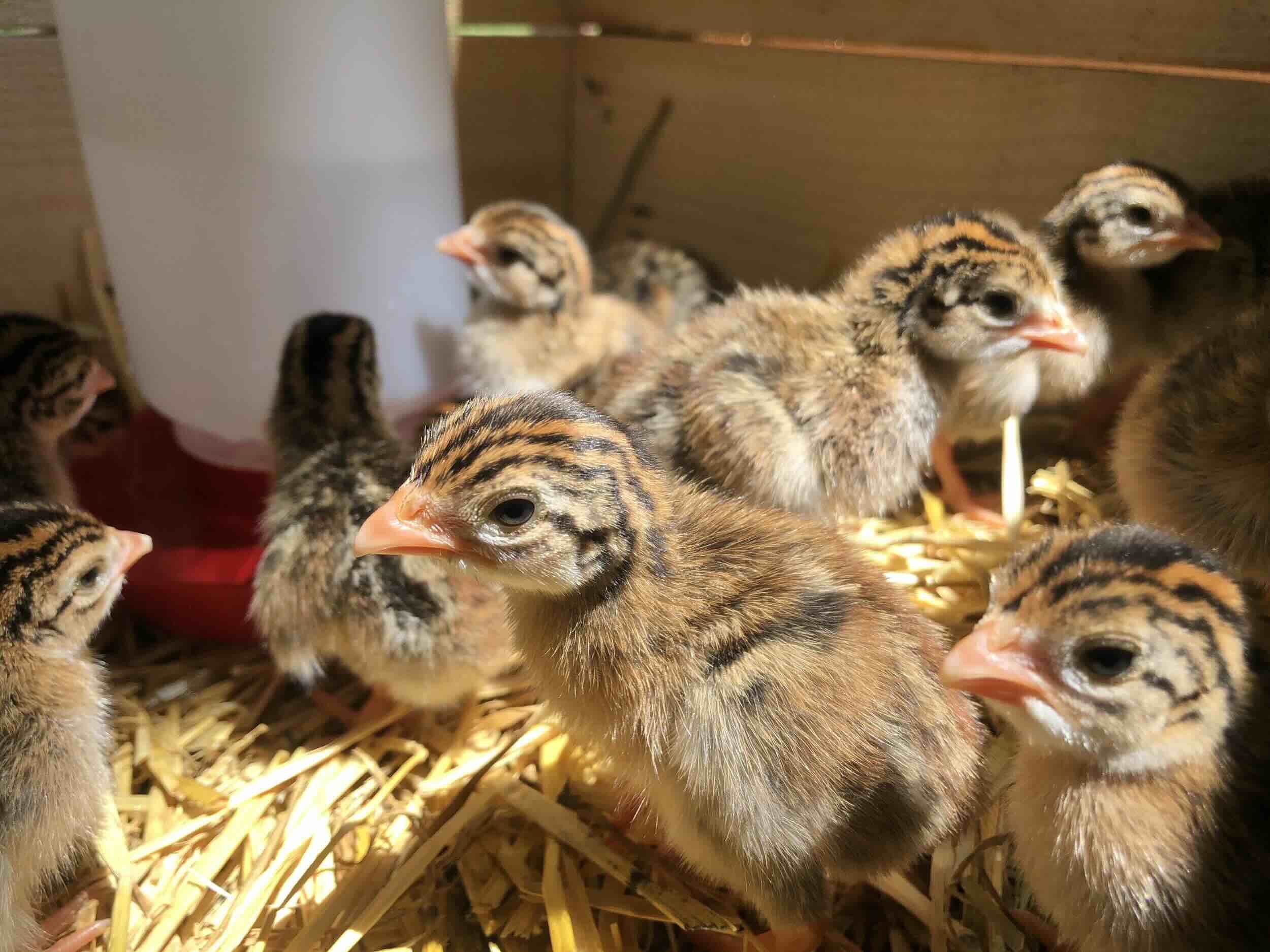
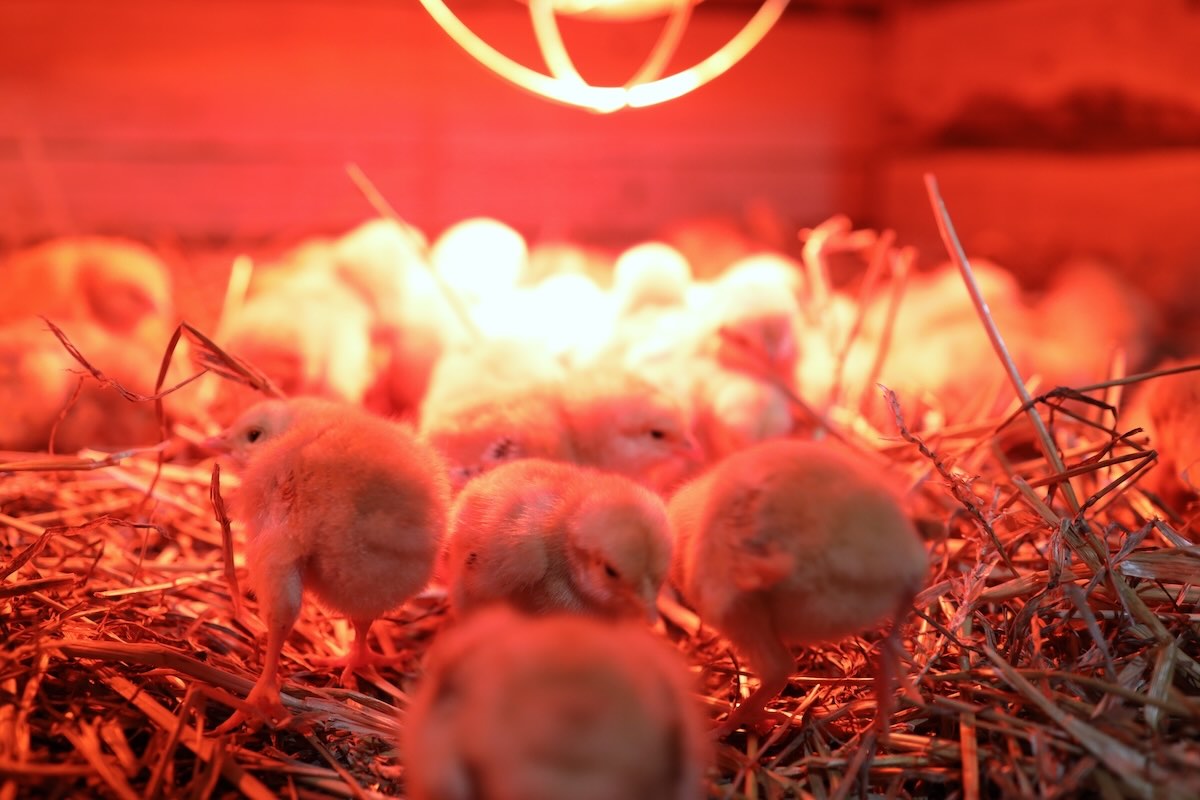

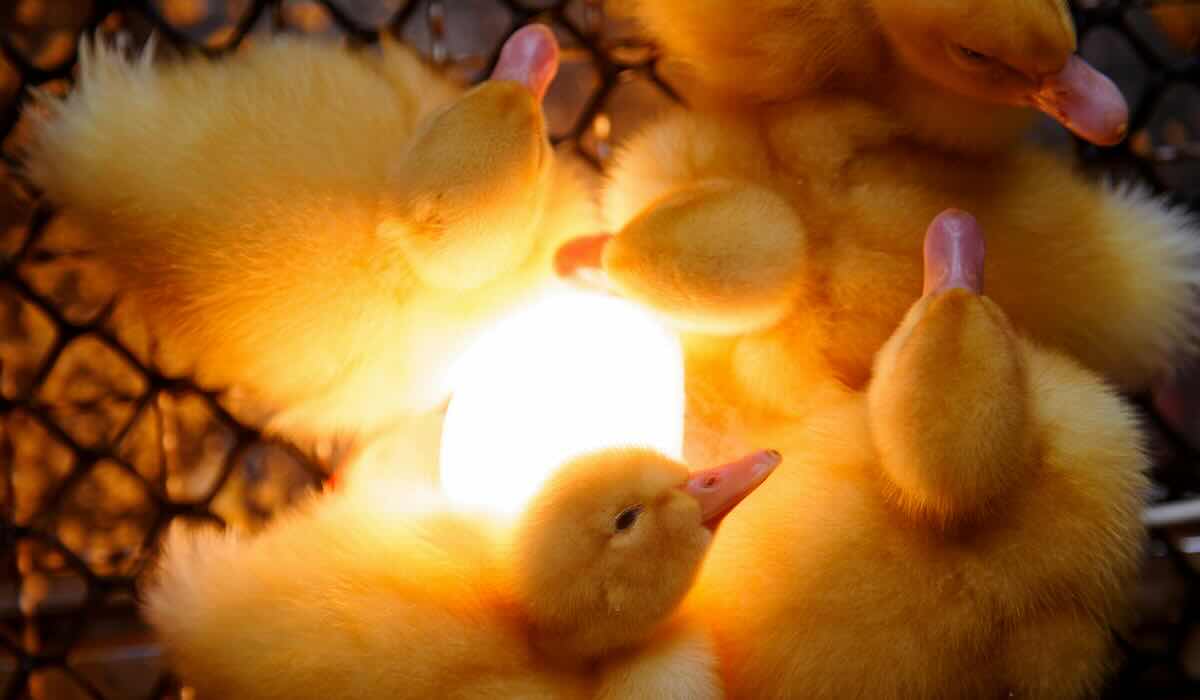
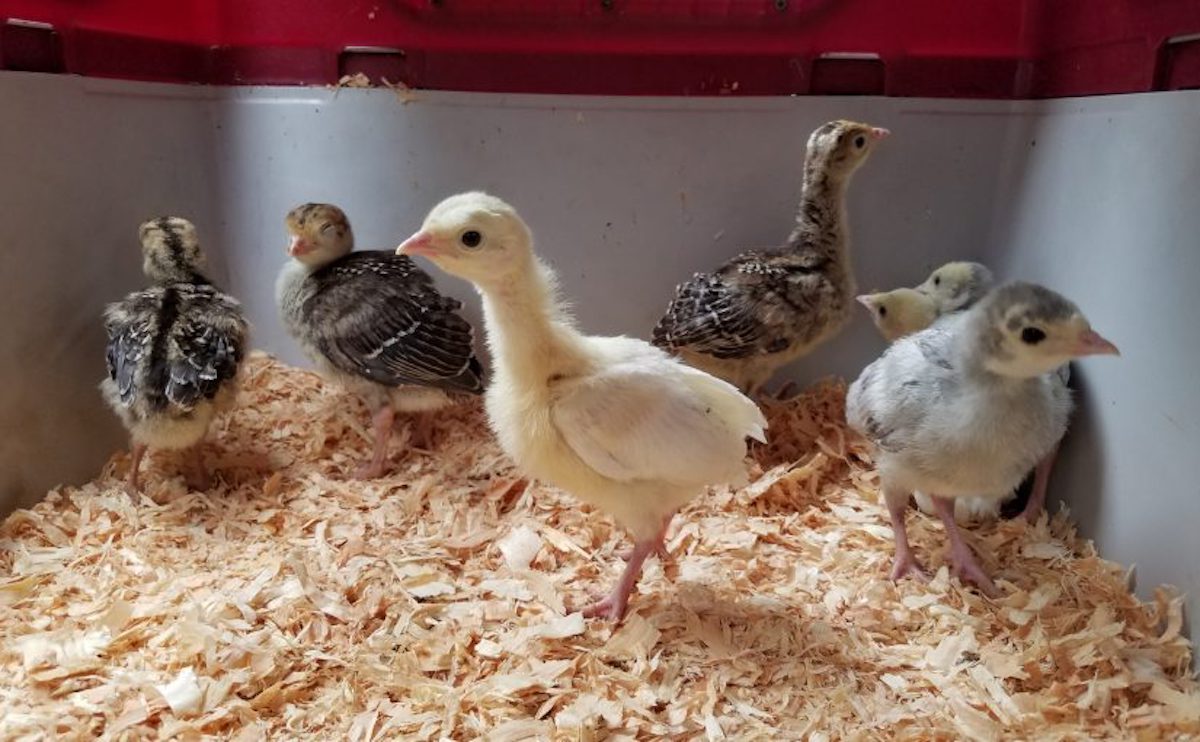
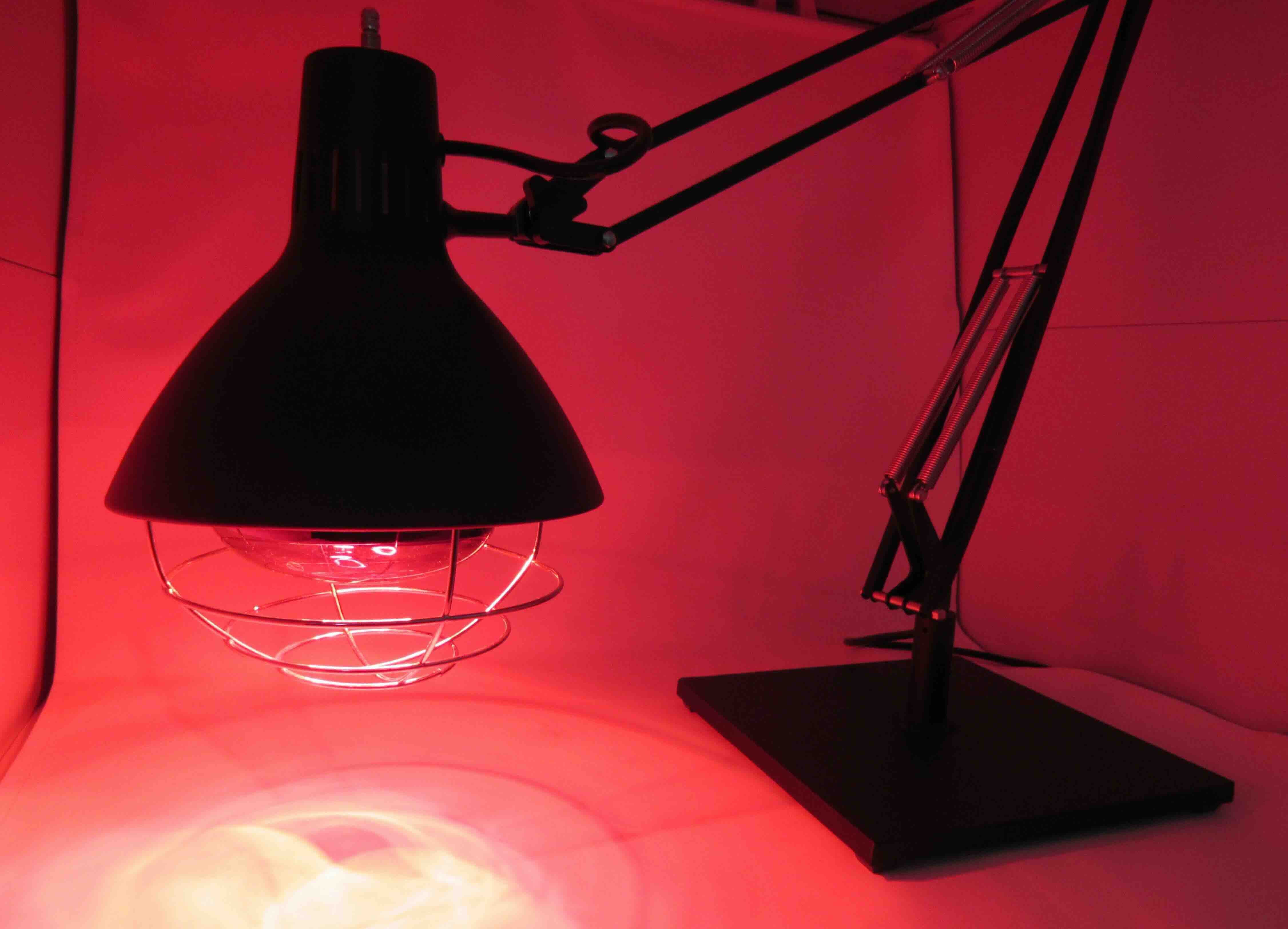
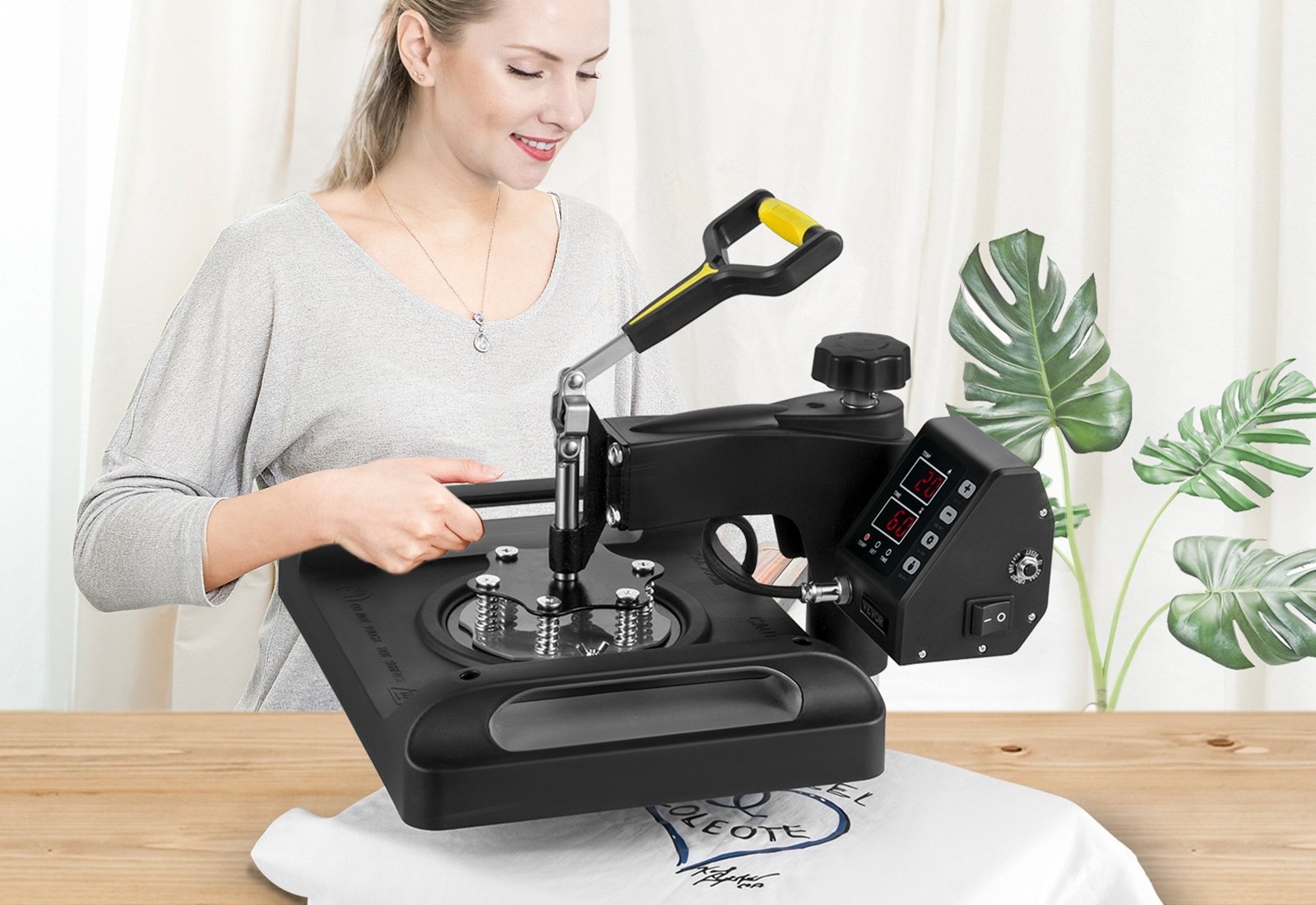
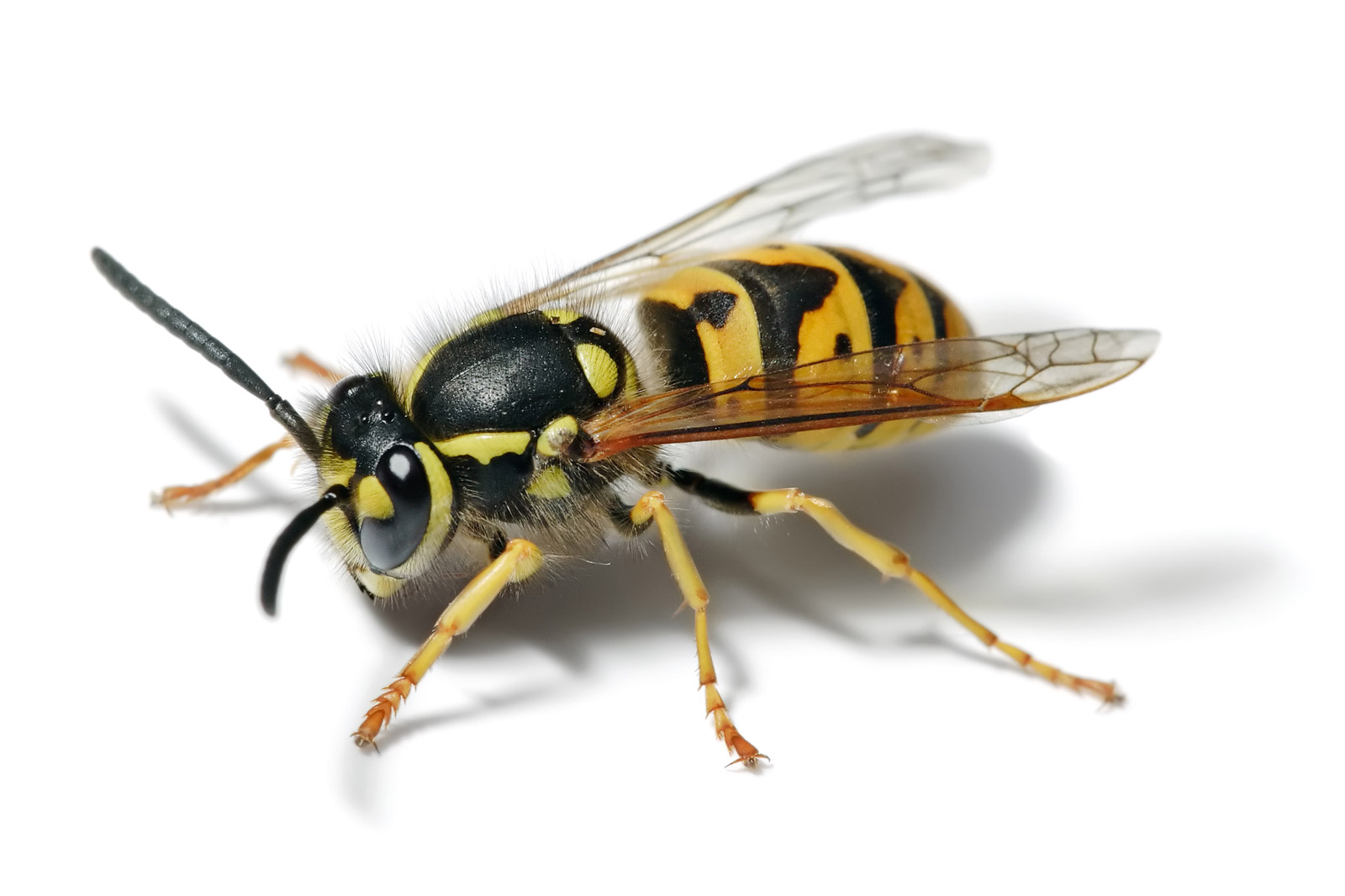
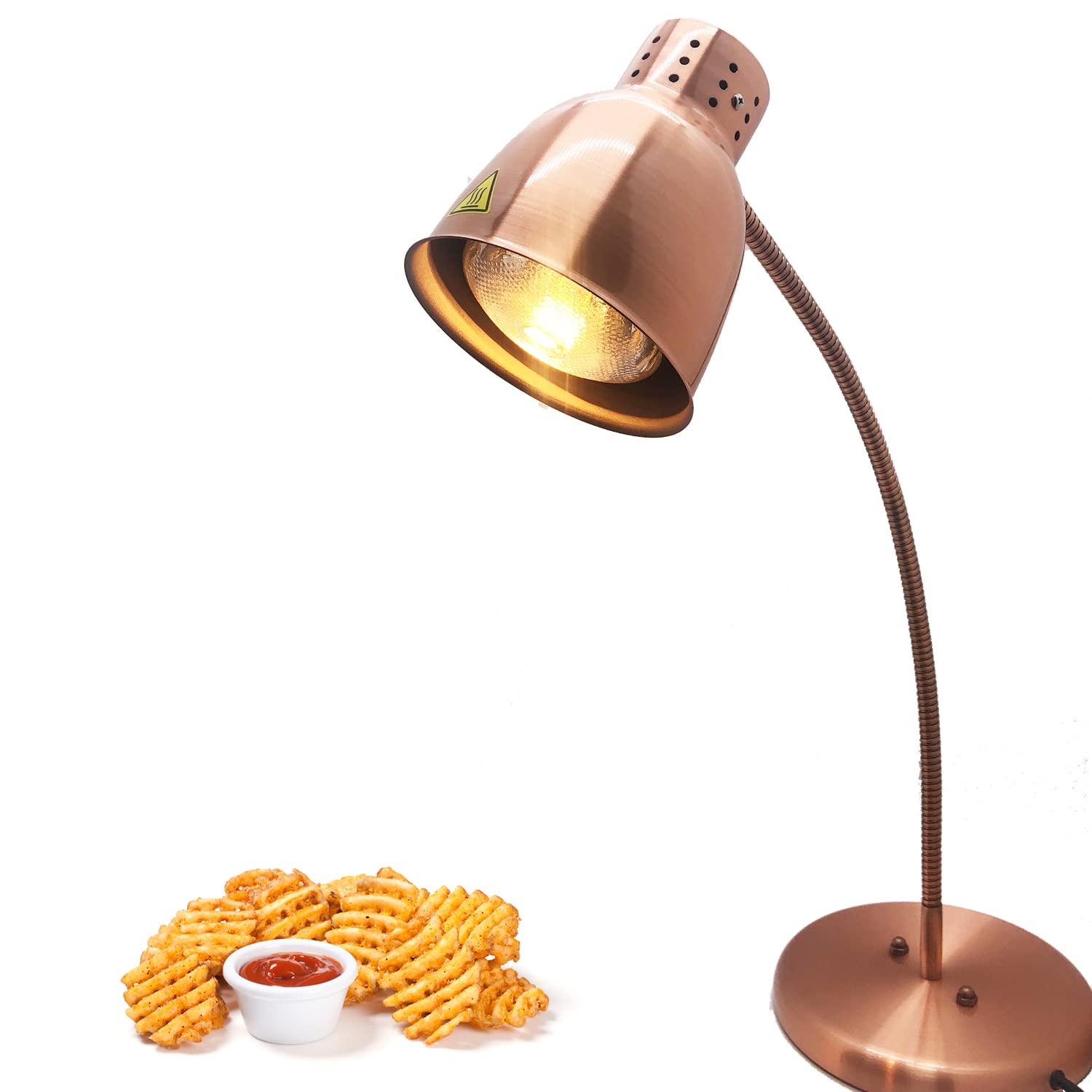
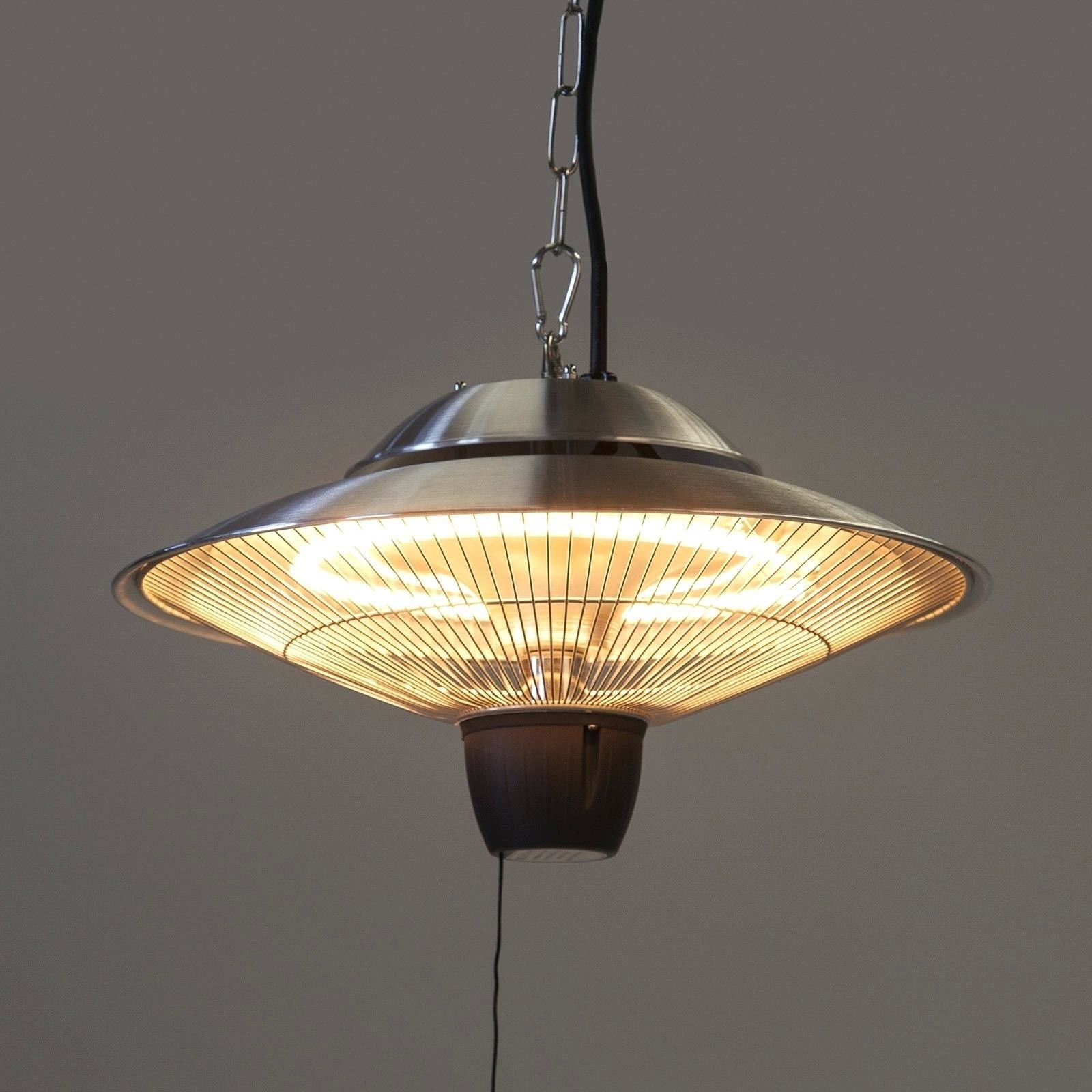
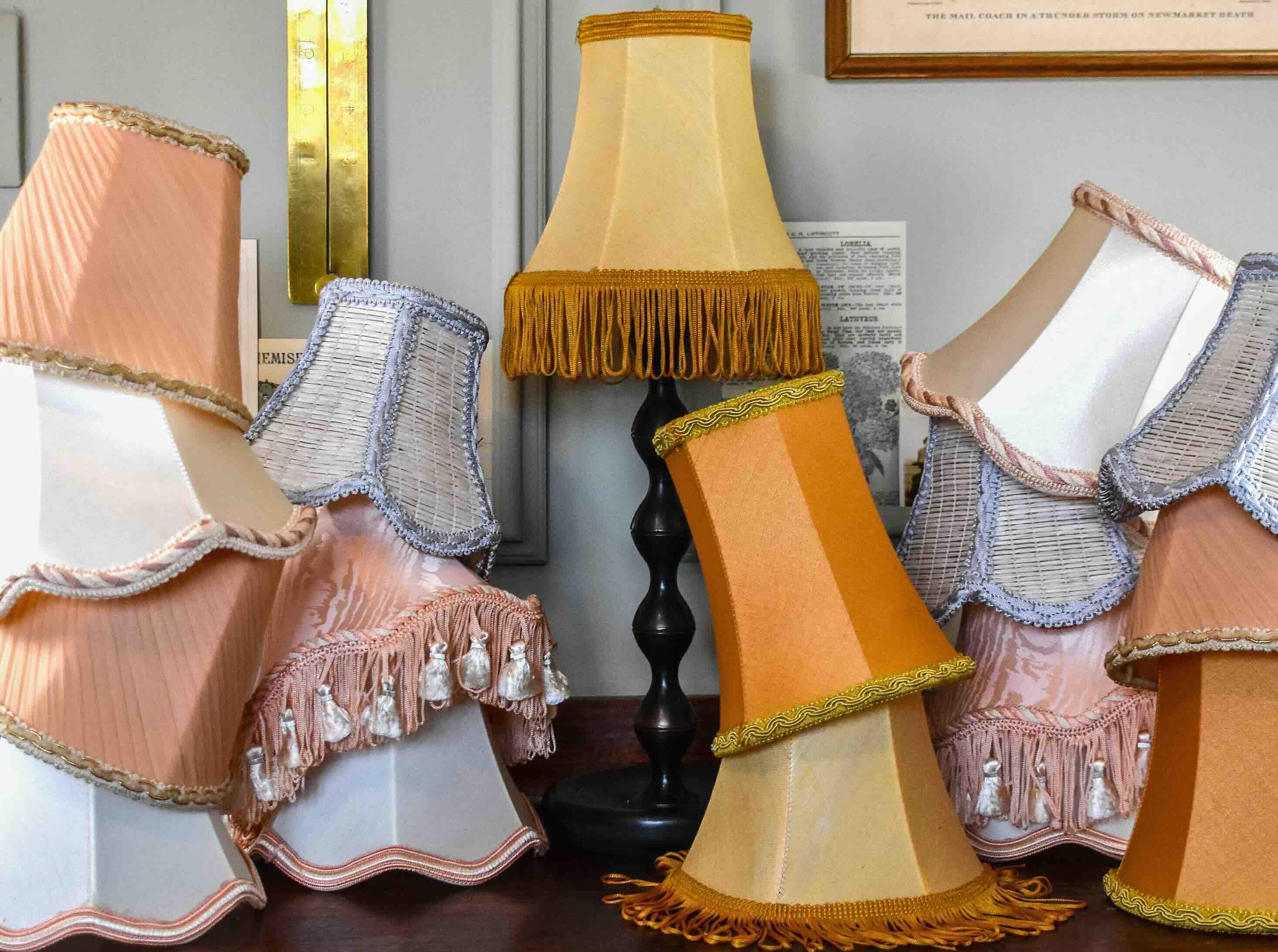
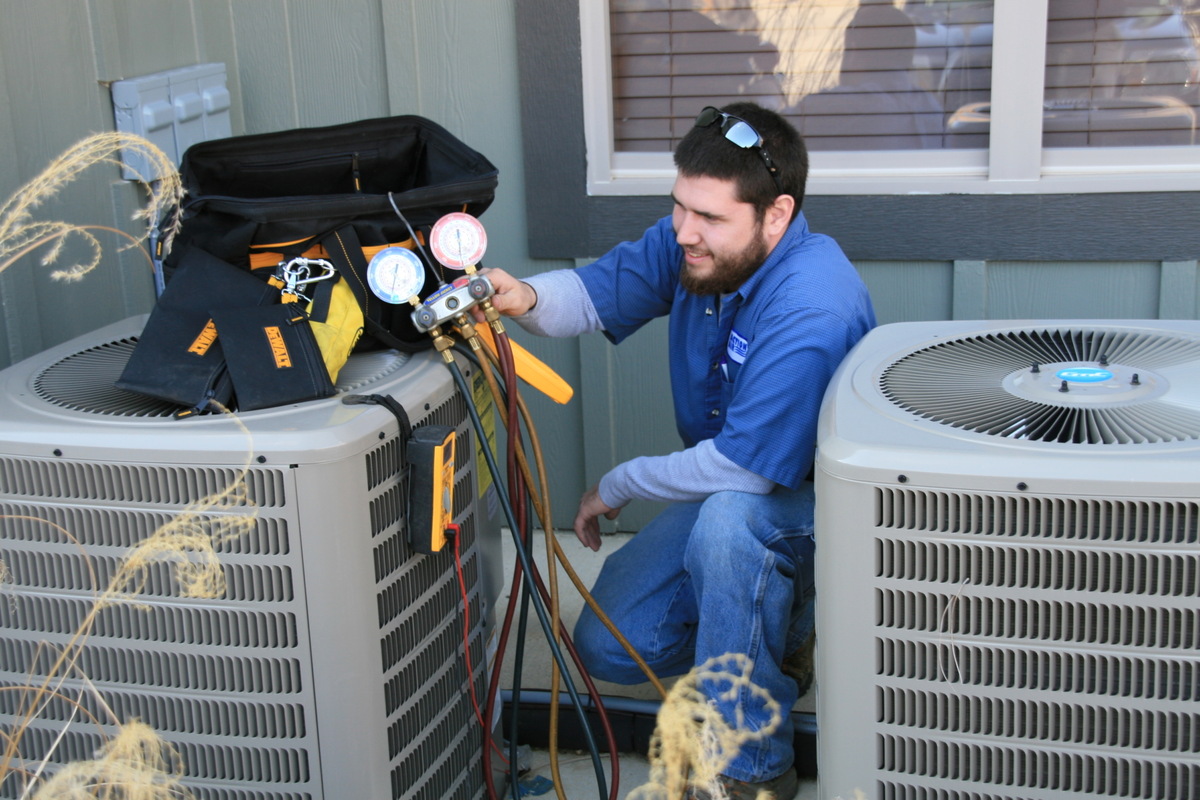
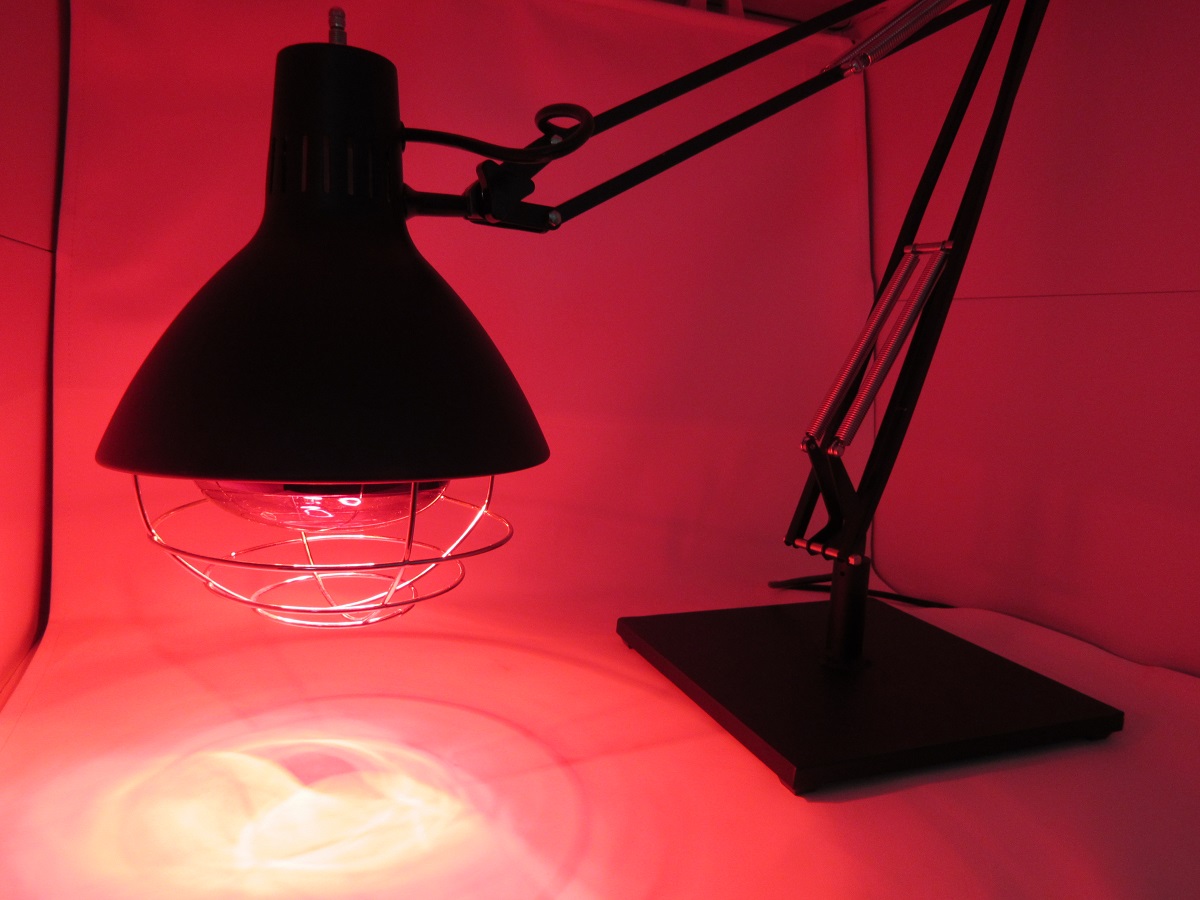

0 thoughts on “At What Temp Do Rabbits Need A Heat Lamp”